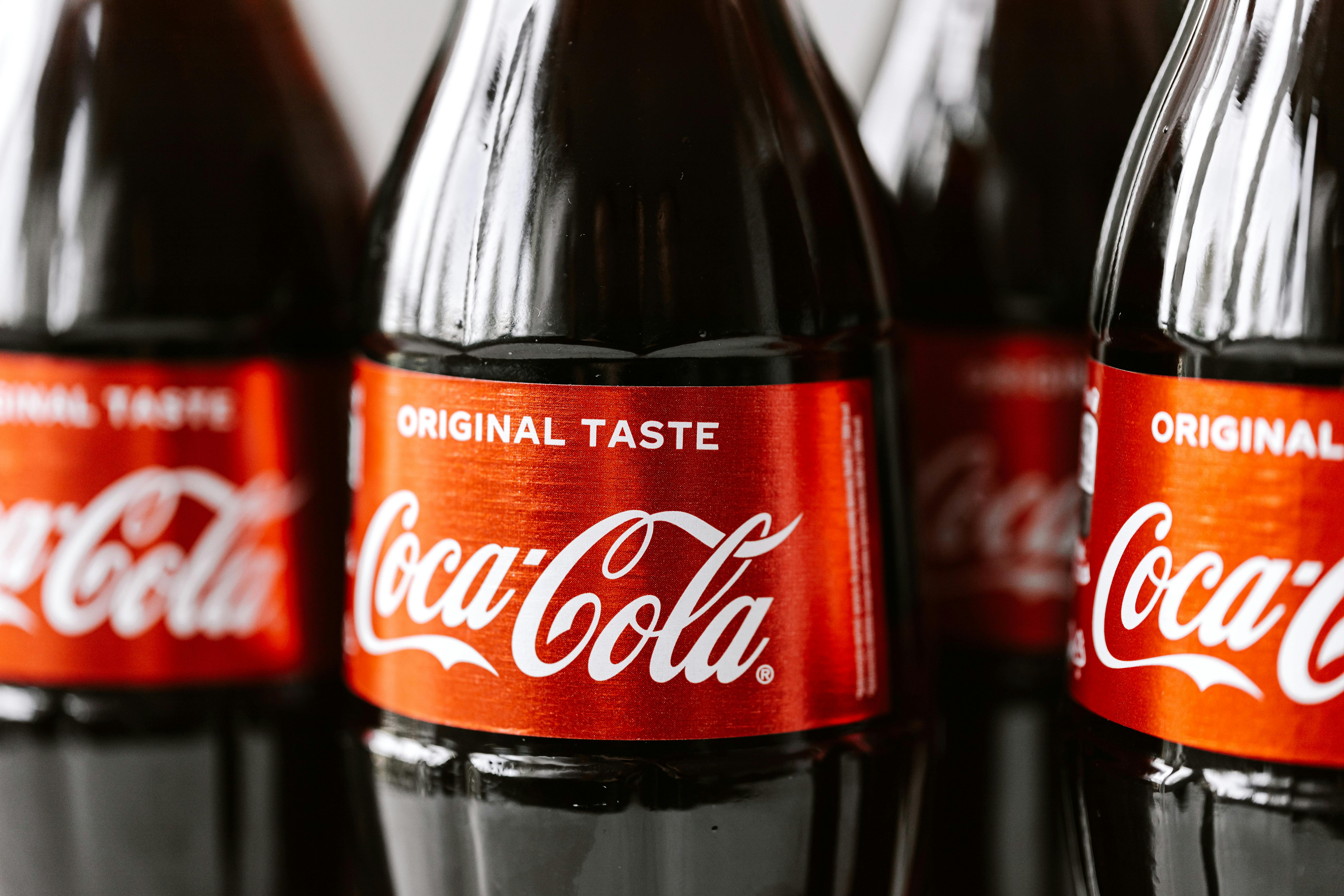Distilled and deionized water are both types of purified water, but they are not the same. Distillation is a process where water is boiled and then condensed back into a liquid form. This removes most, if not all, of the impurities in the water, including minerals, salts, and other contaminants. Deionization is a different process where charged particles such as ions are removed from the water using resins or electrical current. Both processes result in purified water, but distilled water is generally considered to be purer than deionized water because all of the ions have been removed.Distilled water is water that has been purified through a process of distillation. This involves boiling the water and then condensing the steam back into a liquid, leaving many impurities behind. Distilled water is free of minerals and salts, making it the purest form of water available. It is often used in medical settings and in the production of certain products, such as batteries or automotive parts.
What Is Deionized Water?
Deionized water, also known as demineralized water, is water that has had its mineral ions removed through a process called ion exchange. This type of water is often used in industrial processes because the lack of mineral ions makes it highly reactive and able to dissolve other substances easily. Deionized water is also popular for use in car batteries, aquariums, and home steam irons. It can also be used for drinking if it has been further purified with reverse osmosis or distillation.
The process of deionization begins with passing the water through an ion exchange resin, usually a type of cationic resin. This type of resin is able to attract positively charged ions such as calcium, magnesium, sodium, and potassium. As these minerals are attracted to the resin’s surface they are replaced by hydrogen or hydroxide ions which have a negative charge. The result is purer water that no longer contains any mineral ions.
The use of deionized water has many advantages over tap or groundwater sources. Since it does not contain any mineral salts it will not leave behind harmful deposits
Are Distilled and Deionized Water the Same?
Distilled and deionized water may sound similar, but they are actually two very different forms of water. Distilled water is created by boiling water and capturing the vapor, which is then condensed back into liquid form. This process removes most of the contaminants from the water, including minerals, bacteria, and other pollutants. Deionized water, on the other hand, is created by passing an electrical current through a solution to remove positively charged ions. This process leaves behind a form of purified water that is free of most contaminants.
Both distilled and deionized water have their advantages and disadvantages. Distilled water is more widely available and less expensive than deionized water. Additionally, it does not contain any minerals or other substances that could potentially interfere with certain laboratory experiments or processes. However, distilled water can become contaminated if it comes into contact with bacteria or pollutants in the air or environment. Deionized water also has little to no mineral content, which makes it ideal for many laboratory experiments or applications that require highly purified water. The downside of deionized water is that it can be difficult to
Distilled Water
Distilled water is produced by boiling ordinary tap water and then condensing the steam back into liquid form. This process eliminates most impurities from the water, including minerals, salts, metals, and other contaminants. The resulting distilled water is pure and free from many of the chemicals that can be found in tap water. It also has a neutral pH level and does not contain any bacteria or viruses. However, it does not have any of the beneficial minerals found in tap water either.
Deionized Water
Deionized water is produced through a process known as ion exchange. In this process, charged particles are removed from the water by passing it through a resin bed containing negatively charged ions. These ions attract positively charged particles like calcium, magnesium, potassium, sodium and other metal ions which are then removed from the water. The resulting deionized water is completely free of mineral ions such as calcium and magnesium but still contains dissolved solids such as salts and other organic compounds.
Distilled and Deionized Water Properties
Distilled water and deionized water are both types of purified water. Distilled water is created by boiling water and collecting the steam, which is then cooled to form pure water. This process removes all impurities, minerals, and other contaminants from the water. Deionized water is created through a process of ion exchange, which uses special resin beads to remove ions and minerals from the water. Both types of purified water have several distinct properties that make them ideal for certain applications.
Distilled water has a low mineral content and a neutral pH level, making it an excellent choice for use in industrial processes where purity is essential. It is also used in laboratories for experiments, as it prevents contamination from other materials or substances that could interfere with results. Distilled water can also be used for drinking or cooking, although some people may find it has an unpleasant taste because the natural minerals have been removed.
Deionized water has even fewer impurities than distilled water due to its additional purification process. Its lack of ions makes it particularly effective at cleaning electrical components or surfaces as it will not leave residues that could cause corrosion or

Impurities Removed in Distillation Process
Distillation is a process used to separate components of a mixture based on their different boiling points. This process is commonly used to purify water and other liquids, as well as separate out various compounds. In the distillation process, impurities are removed from the liquid by boiling it and then condensing the vapors that result into a liquid form. The impurities are left behind in the boiling vessel. The remaining liquid is generally much purer than it was before the distillation process began.
The types of impurities removed during distillation depend on the type of material being distilled and its composition. Generally speaking, non-volatile impurities such as sediment, suspended particles, and oils are separated from the liquid during distillation. Additionally, volatile compounds such as alcohols, esters, and acids can also be removed from liquids using this technique. Distillation can also be used to separate out mixtures of gases by collecting each gas separately in its own container after condensation.
The distillation process results in a product that is typically much purer than it was before the process began. This makes it ideal for applications where
Impurities Removed with Deionization Process
Deionization is a process used to remove ions, such as salts, minerals, and metals from a solution. It is commonly used in water purification systems to remove impurities from drinking water. Through the deionization process, ions are removed from the water and replaced with hydrogen and hydroxide ions. The resulting water is free of any impurities, making it safe for consumption. The deionization process can also be used to remove heavy metals, such as lead and iron, as well as other organic compounds that may be present in the water. In addition, it can be used to reduce the levels of chlorine and other contaminants that may be present in the water. Deionization can also be used to remove odors from drinking water, making it more pleasant to consume.
The deionization process is an effective way of removing impurities from water; however, it does not completely eliminate all contaminants from the water. Although it removes many of the impurities that are present in the water, some small particles may remain after treatment. These particles must then be removed through other purification processes before the water can
Do Distilled and Deionized Waters Differ in Quality?
Distilled and deionized water are both types of purified water, but they differ in quality. Distilled water is created by boiling water and collecting the steam which is then cooled and condensed into a liquid form. This process removes minerals, microorganisms, and other impurities from the water. Deionized water, on the other hand, uses a process called ion exchange to remove ions from the water. This process does not have the same level of purification as distillation since it does not remove all impurities, including bacteria, viruses, and organic compounds.
The difference in quality between distilled and deionized waters comes down to how pure they are. Distilled water is considered to be the most pure type of purified water since it removes all impurities from the source. Deionized water is also considered to be relatively pure but may still contain some residual levels of impurities due to its use of ion exchange rather than distillation.
The purity level of distilled and deionized waters can affect their use for certain applications. For example, distilled water is often used in medical laboratories

Conclusion
Distilled water and deionized water are both purified forms of water, but they are not one and the same. Distillation is an effective means of removing many contaminants from water, including bacteria and viruses, but it does nothing to remove ions. Deionization, on the other hand, is a very effective method of removing ions from the water, although it may not be able to remove bacteria or viruses.
Neither process removes all contaminants from water; however, when used together they can produce clean and safe drinking water. The choice of which method to use will depend on the contaminants present in a particular source of water. Ultimately, distilled and deionized water are two different purification processes that can help make contaminated drinking water safe to consume.

